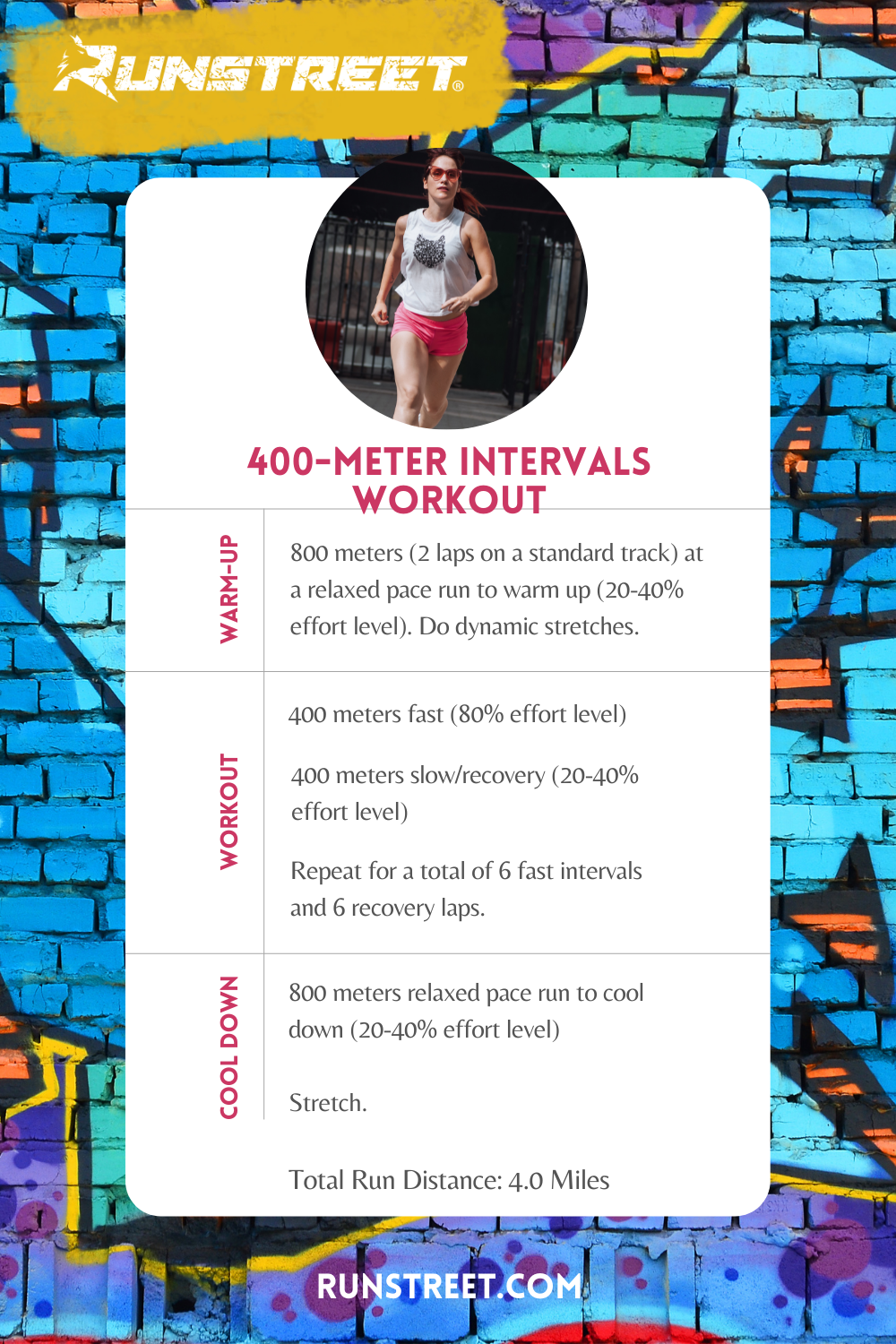Taking Care Of Usual Running Discomforts: Reasons, Solutions, and Avoidance
As runners, we commonly run into numerous discomforts that can prevent our efficiency and enjoyment of this physical task. By exploring the origin factors for these operating discomforts, we can reveal targeted remedies and preventative actions to make certain a smoother and more meeting running experience.
Usual Running Discomfort: Shin Splints
Shin splints, an usual running pain, frequently result from overuse or improper shoes throughout physical activity. The repeated stress on the shinbone and the tissues attaching the muscular tissues to the bone leads to inflammation and pain.
To prevent shin splints, people ought to gradually increase the strength of their workouts, wear proper shoes with proper arch support, and keep versatility and stamina in the muscles bordering the shin (running workout). Additionally, incorporating low-impact activities like swimming or biking can aid keep cardio health and fitness while permitting the shins to recover.
Common Running Discomfort: IT Band Disorder
Along with shin splints, an additional prevalent running discomfort that athletes commonly experience is IT Band Disorder, a problem triggered by swelling of the iliotibial band that leaves the external thigh and knee. IT Band Disorder usually manifests as pain on the exterior of the knee, specifically during activities like running or biking. The iliotibial band is a thick band of fascia that connects the aware of the shin, and when it ends up being swollen or limited, it can scrub against the thigh bone, causing discomfort and discomfort.
Joggers experiencing IT Band Disorder may discover a stinging or hurting experience on the external knee, which can worsen with ongoing activity. Factors such as overuse, muscle mass imbalances, inappropriate running kind, or poor warm-up can contribute to the development of this condition.
Typical Running Pain: Plantar Fasciitis

Plantar Fasciitis can be associated to various variables such as overtraining, incorrect footwear, operating on difficult surface areas, or having high arches or level feet. To stop and alleviate Plantar Fasciitis, runners can include extending workouts for the calves and plantar fascia, use helpful shoes, keep a healthy and balanced weight to decrease pressure on the feet, and slowly increase running intensity to avoid abrupt tension on the plantar fascia. If symptoms linger, it is advised to speak with a medical care expert for appropriate medical diagnosis and treatment alternatives to deal with the condition successfully.
Typical Running Discomfort: Runner's Knee
After resolving the obstacles of Plantar Fasciitis, an additional common concern that joggers usually encounter is Jogger's Knee, a typical running pain that can hinder athletic efficiency and trigger discomfort throughout physical task. Jogger's Knee, also recognized as patellofemoral pain syndrome, manifests as discomfort around or behind the kneecap. This problem is commonly attributed to overuse, muscular tissue discrepancies, improper running methods, or problems with the placement of the kneecap. Joggers experiencing this discomfort might really feel a dull, hurting discomfort while running, rising or down stairways, or after prolonged periods of resting. To stop Runner's Knee, it is important to incorporate appropriate warm-up and cool-down regimens, maintain solid and well balanced leg muscular tissues, wear proper shoes, and gradually increase running intensity. If signs imp source continue, looking for guidance from a healthcare expert or a sports medication expert is advised to identify the underlying cause and develop a tailored therapy strategy to minimize the pain and protect against additional issues.
Usual Running Discomfort: Achilles Tendonitis
Frequently affecting joggers, Achilles Tendonitis is an excruciating condition that affects the Achilles ligament, creating pain and potential limitations in exercise. The Achilles tendon is a thick band of cells that links the calf muscles to the heel bone, vital for activities like running, jumping, and strolling - more info here. Achilles Tendonitis typically establishes because of overuse, improper shoes, poor stretching, or unexpected increases in exercise
Signs And Symptoms of Achilles Tendonitis include discomfort and tightness along the tendon, particularly in the early morning or after durations of lack of exercise, swelling that aggravates with activity, and potentially bone spurs in chronic situations. To prevent Achilles Tendonitis, it is crucial to extend correctly before and after running, use appropriate footwear with proper support, gradually boost the strength of workout, and cross-train to decrease recurring anxiety on the ligament.
Verdict
